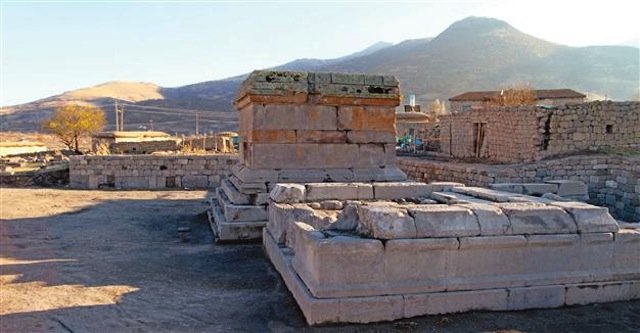
© Hurriet Daily News
Continuing excavations in an extinct volcano in the Central Anatolian province of Karaman have unearthed a unique pyramidal mausoleum and a temple.
Karaman Museum Director Abdülbari Yıldız said excavation and cleaning works had been continuing at the Değle and Madenşehri villages in the skirts of Karadağ Mountain since 2014.
He said six church structures had been so far unearthed during the excavations, adding, "Excavations recently focused on Madenşehri. We worked in the region called 'mint' by locals. As the works progressed, we got very excited. A mausoleum and a temple that had not been seen in the Central Anatolian and Mediterranean regions were found here."
The pyramidal mausoleum and the temple with a podium dated back to the 3rd century, Yıldız said.
"The mausoleum and the temple were completely unearthed. Environmental arrangements are being made.
These are Roman-era structures. The roof of the two-story mausoleum had collapsed. It is known that Roman Emperor Marcus Aurelius had coins printed in this region. We estimate that this mausoleum belonged to a top Roman official," he said.
"After Christianity became dominant in the region after the 5th century, dozens of churches were built. The region was recognized as the center of episcopalism and pilgrimage. The newly-discovered structures are from the Roman era when Christianity was not popular. Churches have been found in the region but not a temple.
We can see such structures on the Aegean coasts. It is very important that it is the only pyramidal mausoleum and temple with a podium ever found in Central Anatolia," he added.
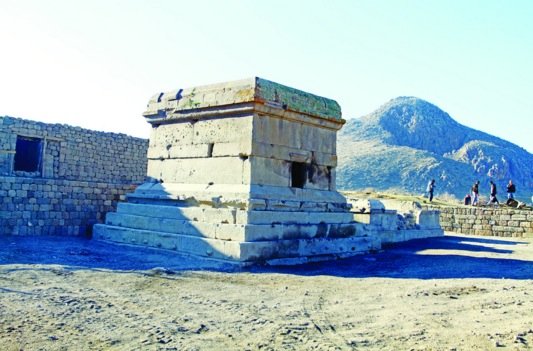
© Hurriet Daily News
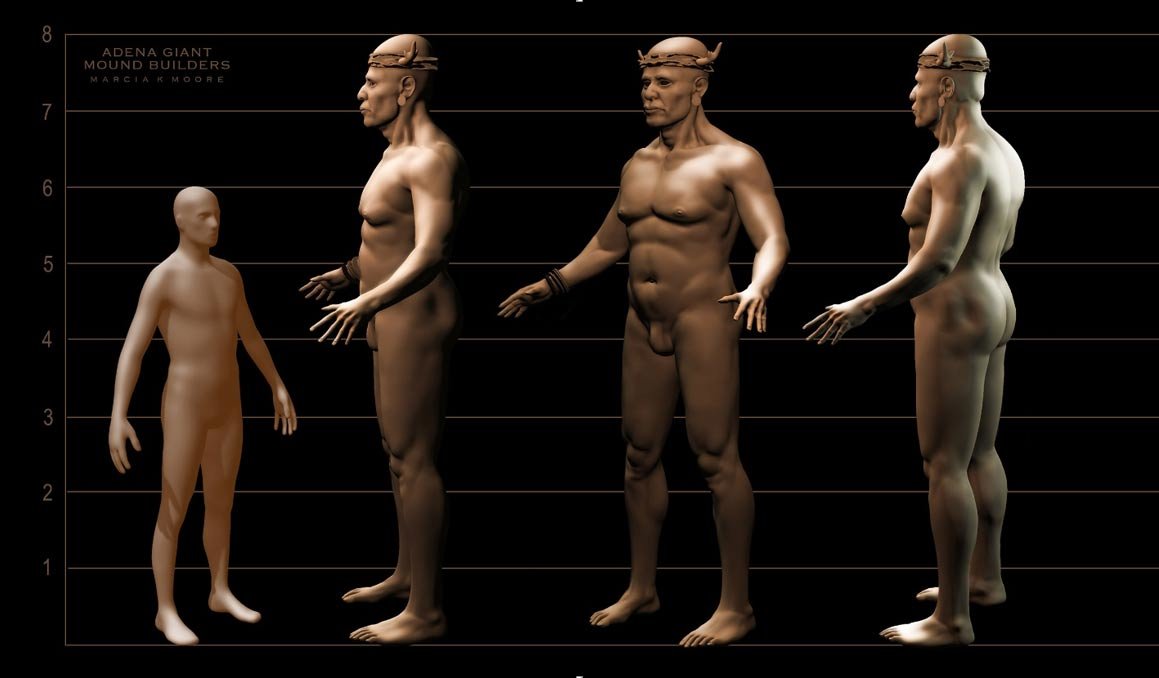

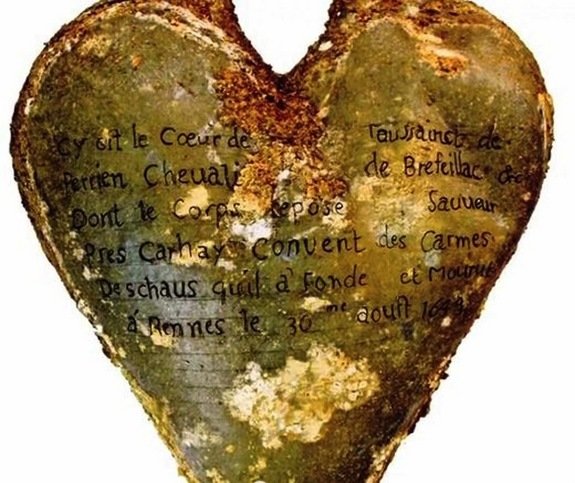
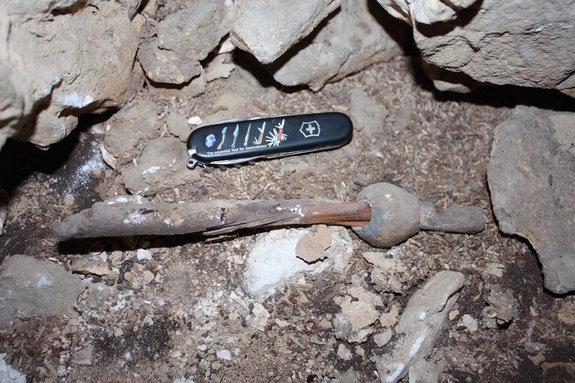
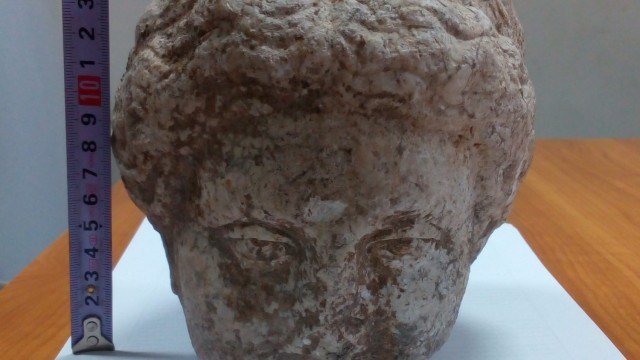
Comment: